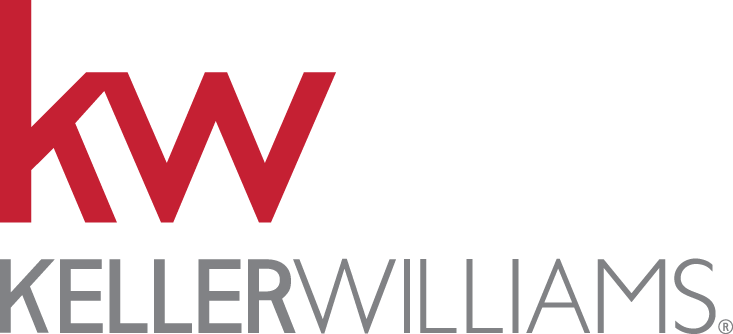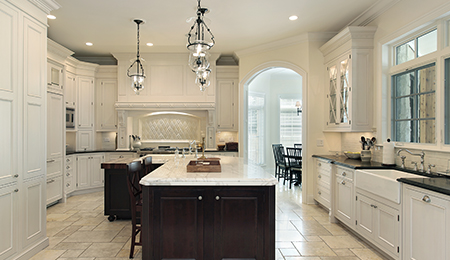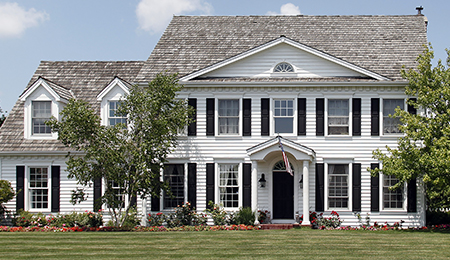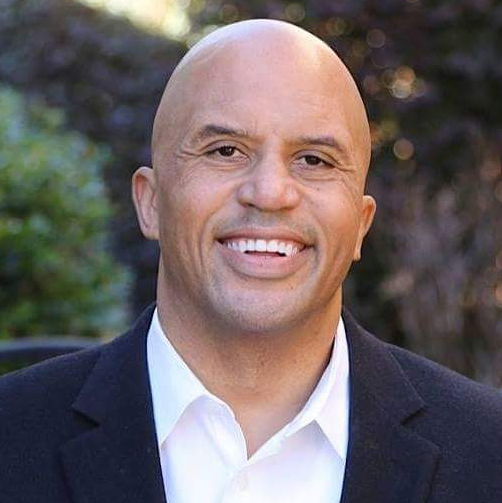Here’s what to expect in the final phase of the new construction home process.
So you’ve made all your selections, and when you drive by the property now, it actually looks like they’re building a house! You’re in the “home stretch.” What are the last steps you need to take before closing?
At this stage, your next meeting will be what’s known as the pre-drywall meeting, where you follow the builder around to see the guts of what’s behind the walls. During this meeting, make sure that all of the electrical and entertainment outlets are exactly where you asked them to be. Also, make sure that any islands, appliances, and doors are positioned properly.
Here’s a great tip: While on your pre-drywall meeting, take pictures of every room so that you can remember what’s behind the walls—it’ll come in handy when you’re hanging pictures, making any changes, or if you have a repair issue down the road.
It’s a good idea to have a home inspector come out and look at the property before the drywall goes up. That way, you have professional assurance that all the wiring is correct and everything is braced the way it should be. You will have another opportunity to schedule a home inspection after you’ve been in the home for roughly 10 months because all new construction homes come with a one-year warranty.
After the pre-drywall meeting, I recommend that my buyers visit the home at least once a week; it’s always good to have another set of eyes out there because builders (especially production builders) may have several different contractors working on your home, increasing the chances that some of your personalizations will get missed. If you’re there and see something that’s going wrong, you can immediately reach out to your Realtor or the builder to make sure it gets corrected.
This point in the new construction home journey is also a great time to check yourself. When you see the items you signed off on or the layouts you selected actually being put into the house, you might start to have second thoughts about them. If you’re working with a production builder, you may be limited on the changes you can make at this stage, but the quicker you decide that you want to make a change, the better.
Your next meeting is the blue tape walk-through, which usually occurs a week before closing—you’re almost there! In this meeting, you literally walk through the house with a roll of blue tape, marking any imperfections or mistakes that you see so that the builder can take care of those before you close. While a week before closing should be ample time for the builder to make most fixes, some may take a little longer—perhaps the granite was cracked, or they ordered the wrong appliance.
Your final meeting will be the builder orientation meeting, which will be one or two days before closing. That’s where the builder will walk you through the home and show you how all the appliances and thermostat work and where the utility cut-offs are. They’ll also answer any of your questions about the house, so use this opportunity wisely; make sure all those blue tape items were fixed. Don’t be afraid to speak up—you’d be surprised by how quickly the builder can have their crews back in there to get something fixed before closing.
You can still close if repairs are ongoing so long as the issue has been documented and the items needed for that repair have been ordered. The builder will also explain the new construction warranty and give you contact numbers for any vendors in case you have problems with things like the dishwasher, water heater, or refrigerator. Now, you’re ready for closing!
I hope this new construction video series was helpful. Don’t hesitate to reach out by phone or email if you have any specific questions about the new construction process or builders and subdivisions in the Raleigh area. I’m always ready to help in any way I can!




